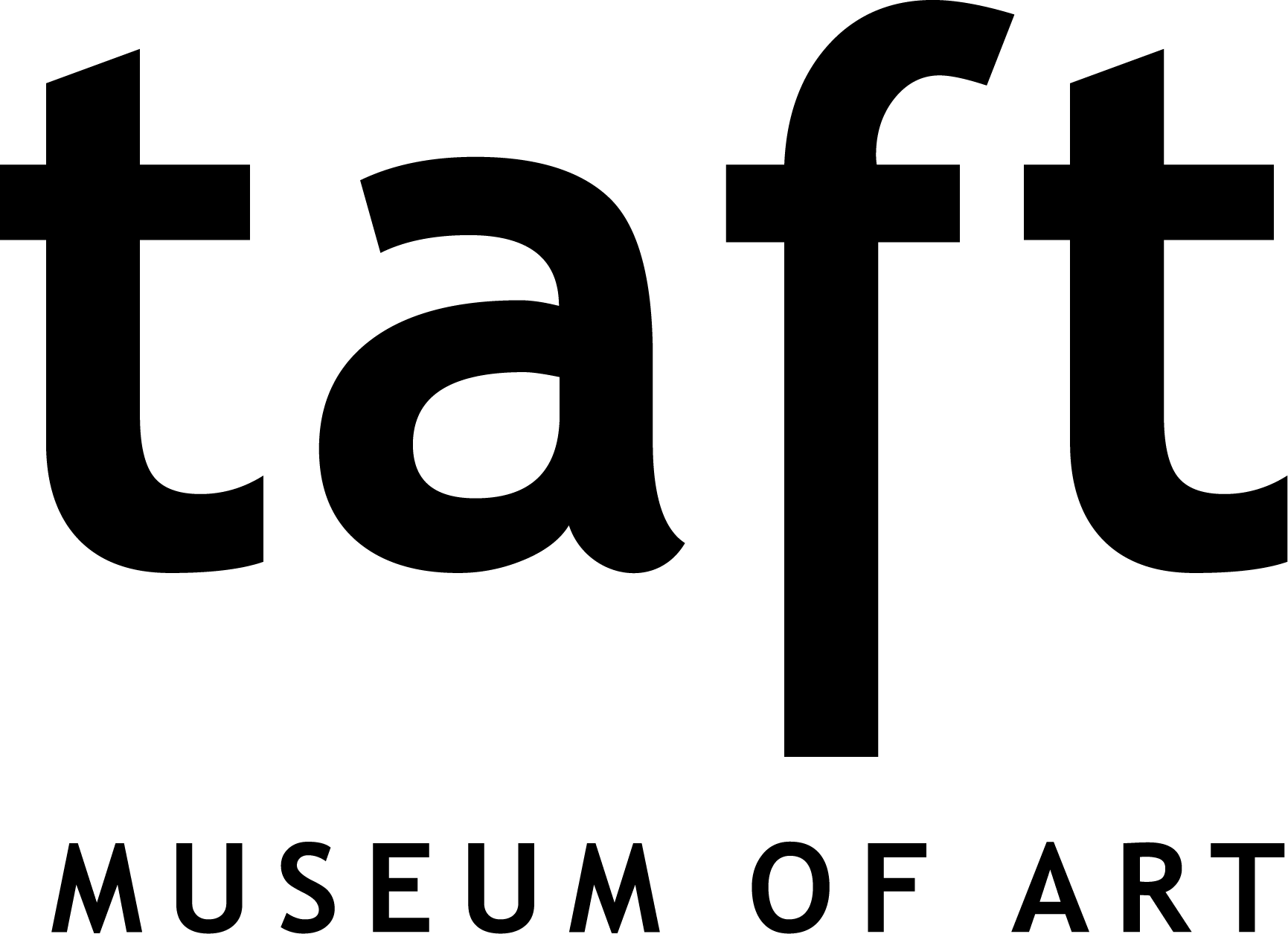Sax’s vase was part of Rookwood’s new Soft Porcelain line, which they launched after years of experimentation and research into historic Chinese porcelain. I would like to think that individuals like Rookwood’s chemist Stanley Burt studied Chinese porcelains in person, specifically those owned by Charles and Anna Taft, although no proof of this has yet come to light. Indeed, similarities do exist between both the shapes and glazes used by Rookwood when compared to several examples of Chinese porcelain in the Taft’s collection, suggesting a direct influence. For example, John Wareham’s oxblood-glazed vase, with its spherical body and slender neck, recalls the Taft’s Qing dynasty vessel of similar form and color. Ultimately, the Tafts acquired more than 200 ceramic objects, but no pieces of Rookwood pottery made it into their fine art collection.
Anna Taft, however, did visit Rookwood on several occasions. The most noteworthy occurred on October 22, 1919.On that momentous day, King Albert I and Queen Elisabeth of the Belgians arrived in Cincinnati to honor those who had supported Belgium during the recent Great War (below, Anna Sinton Taft (waving) escorts Queen Elisabeth (to her left) up the front walk of the Taft residence). Despite being in town only for one day, and having a very busy schedule, the queen made a special request to visit the ceramics company. On the morning of the 22nd, a welcome party received the sovereigns at Central Union Station. From there, Anna accompanied the queen to Rookwood. They were driven in Levi Addison Ault’s limousine, “the royal equipage of the day.”












